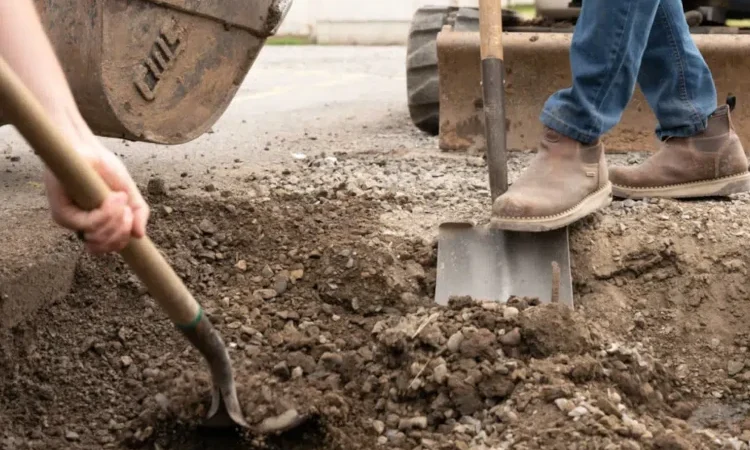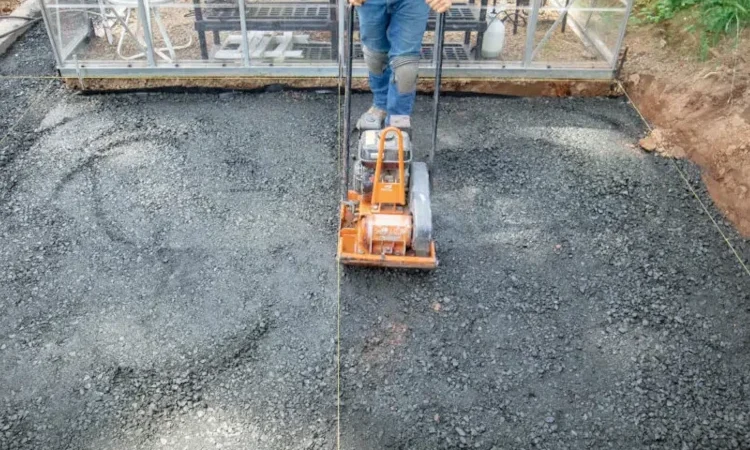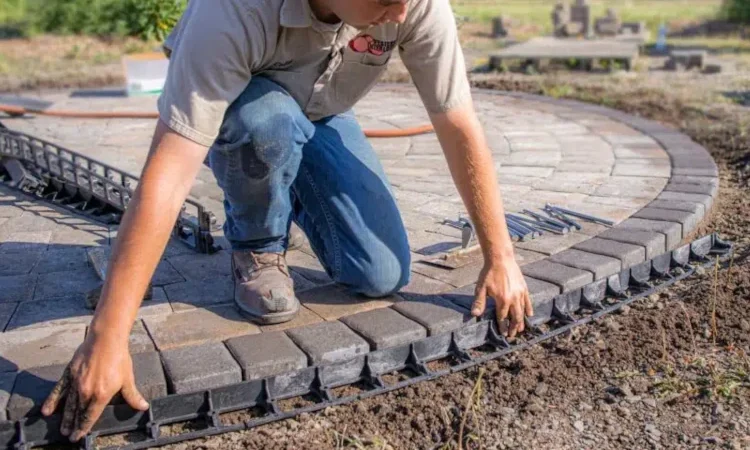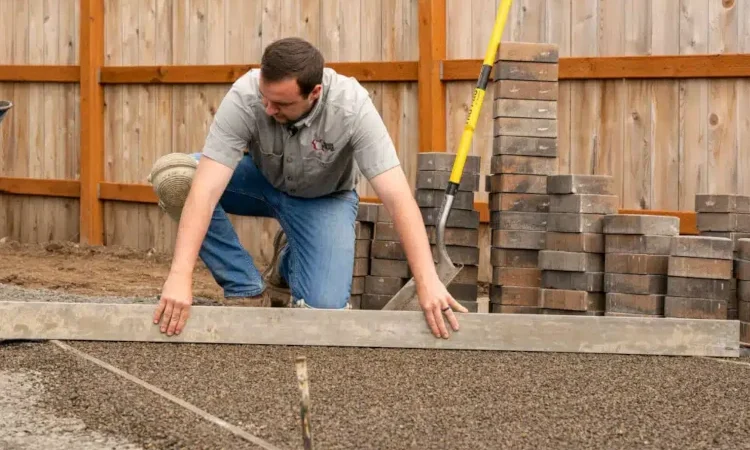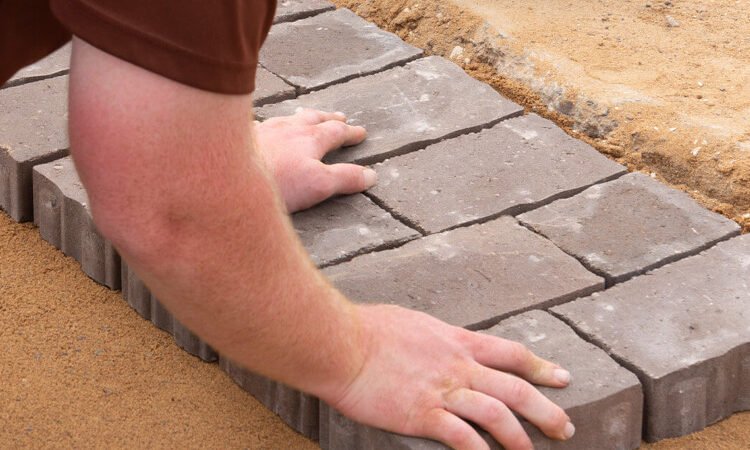Compaction
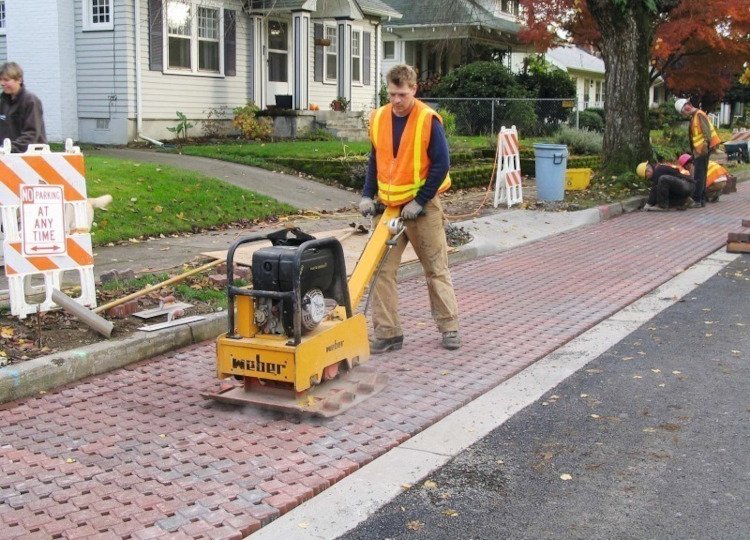
Compaction is a crucial step in the installation of pavers, ensuring that the base material, bedding sand, and the pavers themselves are firmly and evenly compressed. Proper compaction contributes to the stability and longevity of the paved surface by reducing the risk of settling, unevenness, and the potential for movement over time. Here’s an expanded overview of the compaction process in the context of paver installation:
1. Purpose of Compaction:
- Achieving Stability: The primary goal of compaction is to achieve stability and density in the underlying layers, including the base material and the bedding sand.
- Preventing Settling: Compaction helps minimize settling, ensuring that the pavers remain level and do not sink into the underlying layers over time.
2. Types of Compactors:
- Plate Compactors: Plate compactors are commonly used in paver installations. They come in various sizes and are effective for compacting large areas.
- Roller Compactors: In some cases, especially for larger projects, roller compactors may be used to achieve compaction over a broader surface.
3. Compaction of Base Material:
- Layered Compaction: The base material, typically crushed stone or gravel, is added in layers. Each layer is compacted individually to achieve the desired density.
- Even Distribution: Compaction is performed evenly across the entire surface to ensure uniform support for the pavers.
4. Checking Compaction Density:
- Use of Test Methods: In larger projects or critical applications, compaction density may be tested using specific methods, such as the Proctor Test, to verify that the material meets specified standards.
5. Compacting Bedding Sand:
- Adding and Screeding: After the base material is compacted, a layer of bedding sand is added. This sand layer is screeded to achieve a smooth and even surface.
- Compaction of Bedding Sand: The bedding sand is then compacted using a plate compactor. This step ensures that the sand provides a stable surface for the pavers.
6. Compacting Pavers:
- Final Paver Compaction: Once the pavers are laid on the bedding sand, a final compaction is performed. This process settles the pavers into the sand, ensuring that they interlock and create a cohesive surface.
7. Frequency of Compaction Passes:
- Multiple Passes: Compaction is often performed in multiple passes, with the compactor covering the same area more than once. This ensures that the material is thoroughly compressed.
8. Adjusting for Different Materials:
- Varied Materials: Different materials, such as base aggregates and sands, may require different compaction efforts. Adjust the compaction process based on the specific characteristics of each material.
9. Compacting in Sections:
- Working in Sections: In larger projects, the compaction process may be divided into sections. Each section is compacted individually before moving on to the next, ensuring thorough compaction throughout the entire area.


